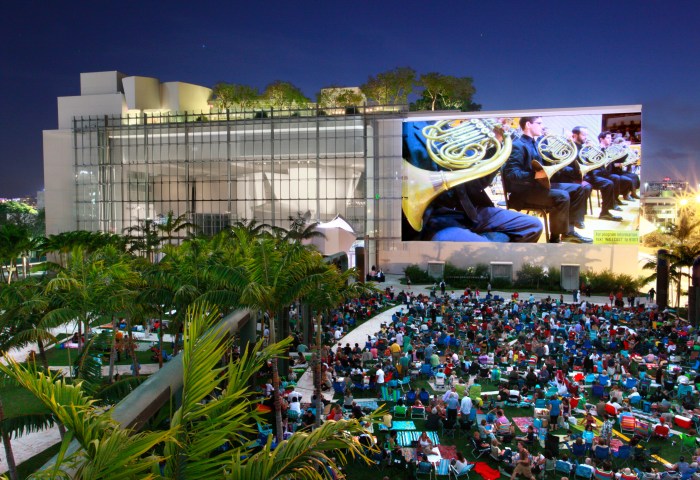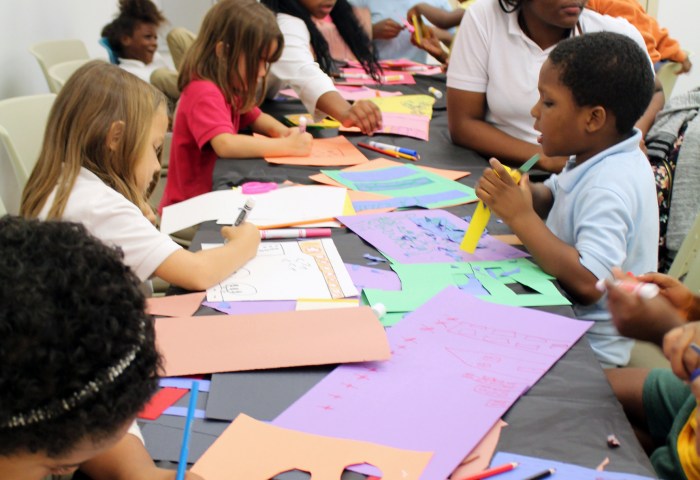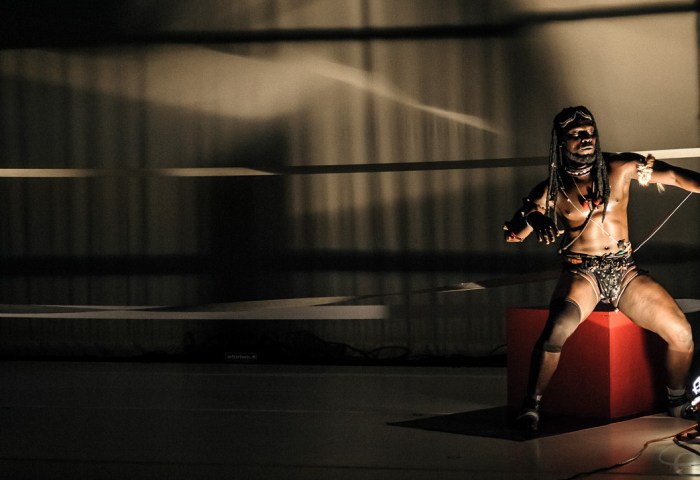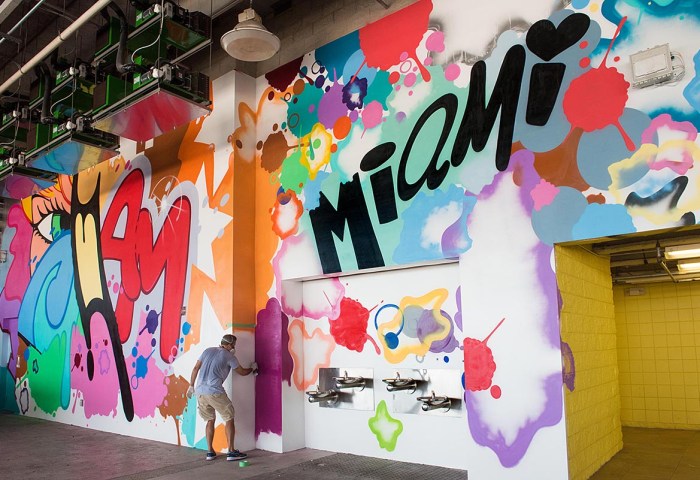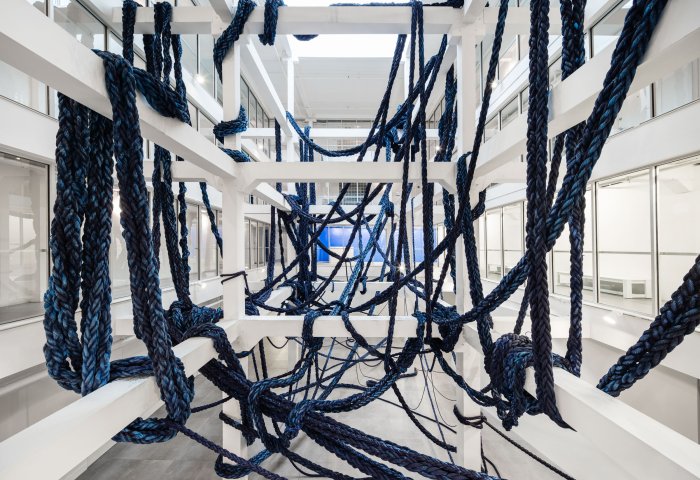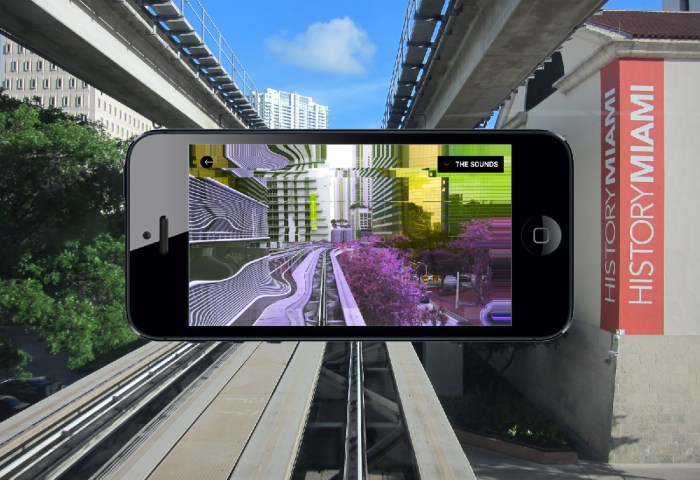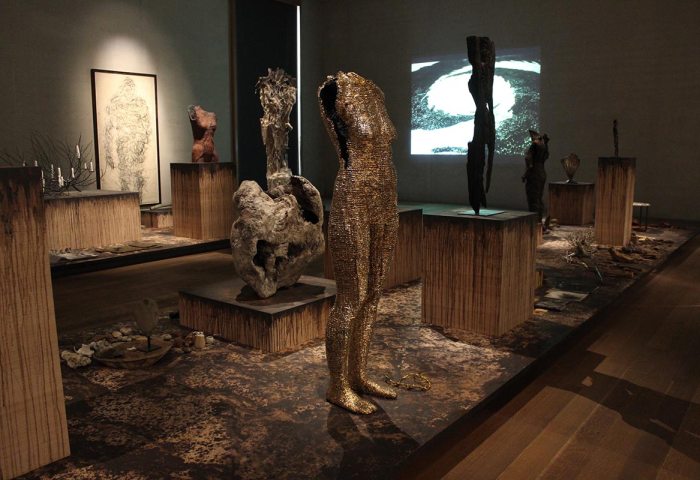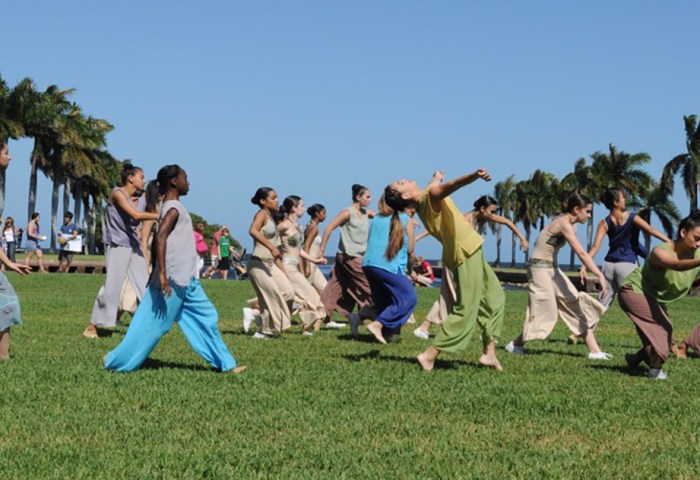This year, Knight Foundation celebrates the 10th anniversary of the Knight Arts Challenge Miami, which funds the best ideas for bringing South Florida together through the arts. Below, writer Anne Tschida explores how Miami and its cultural scene has changed in that time. Get off the Biscayne trolley at the Museum Park stop, and you […]
Article · November 28, 2017 by Anne Tschida
